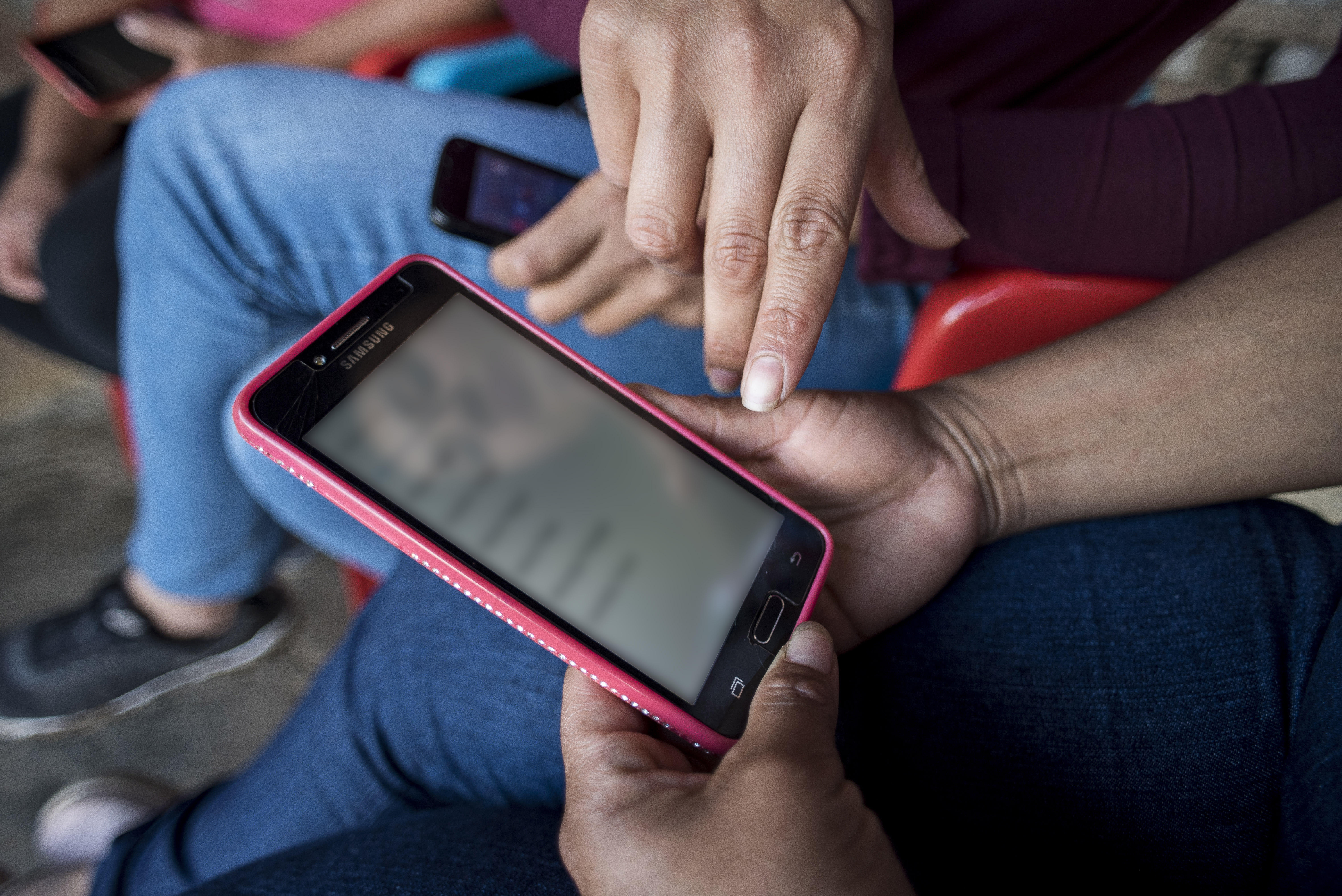Three Questions for the Financial Inclusion Community to Consider in 2022
By Alan Gelb, Tanvi Jaluka, and Rafe Mazer

In late 2021, IPA brought together hundreds of academics from across the globe to discuss new research and emerging issues related to financial inclusion at its Annual Researcher Gathering. These studies suggest that research on financial inclusion is shifting from basic questions around increasing financial access to improving the design and maximizing the economic and social benefits of formal financial services. IPA is integrating these questions into our research agenda for 2022, and we are excited to share new evidence this year!
What innovations can address discrimination in financial inclusion?
In India, Pattnaik et al. are testing alternative ways to credit score farming clients based on satellite images that can indicate how productive their farms are. This has the potential to place certain farmers, especially women without credit histories, on equal footing.
In Chile, Rigol and Roth looked at whether changing how financial agents were compensated affected their assessment of borrowers. Before the intervention, microfinance agents were punished for losing borrowers and therefore scored high-performing borrowers poorly to prevent them from “graduating” out of microfinance. In the intervention group, agents were rewarded when their clients “graduated,” which increased the accuracy of their borrower assessments. The research suggests that close attention to the incentives of agents can substantially increase social value.
Can increased beneficiary knowledge improve financial health or social protection outcomes?
In Colombia, Attanasio et al. tested whether a chatbot relaying information on financial health could reduce stress-induced intimate partner violence. Early results demonstrate that the intervention resulted in lower levels of debt for men and improvements in savings behavior for women. There was little indication of an immediate effect on intimate partner violence, but if these early results translate into sustained financial health, a reduction in financial stress could reduce violence in the longer run.
Targeted messaging can promote healthy financial and social outcomes, but Medina and Pagel tested whether there may be unintended consequences associated with nudging clients to make certain financial decisions. In Mexico, the researchers tested whether SMS messaging encouraging consumers to maintain high account balances may have unintentionally nudged consumers to borrow more. The authors find that SMS messaging led to a 5.7% increase in savings. At the same time, consumers did not reduce their debt levels. This suggests that messages should be refined to focus on overall financial health, rather than on maintaining high account balances.
In Chile, Berwart et al. are testing whether providing borrowers with personalized information about loans can help them make more informed borrowing decisions. They developed an interactive loan price comparison tool showing potential borrowers real-time personalized rates of the loan products they are interested in. This information can encourage searching for quotes across more lenders, resulting in better loan terms. Researchers will measure the effects of the tool on credit search behavior and the loan terms with data from the Chilean financial regulator, Comisión para el Mercado Financiero.
How can we build more effective government-to-person (G2P) payments systems?
Assistance in the face of natural disasters frequently arrives only after a lag, causing households to engage in risky coping mechanisms, such as disposal of assets and high-cost borrowing. Pople et al. look at whether sending cash transfers in anticipation of a shock, as opposed to after, can improve household wellbeing. Researchers used river data to predict when flooding would occur in Bangladesh and the relief was distributed through mobile money. They find that the anticipatory transfers resulted in a 36% decrease in food insecurity. In the long term, they also reported better wellbeing, positive effects on adult and child food consumption, and a lower reliance on risky coping mechanisms. While not all natural disasters can be predicted, the implication is that investments in data, combined with mechanisms to effect speedy delivery of assistance, including through electronic payments, can enable more anticipatory and responsive systems.
In Iraq, Kurtz et al. tested the effect of cash transfers and whether varying their timing affected household wellbeing amongst conflict-affected households. The researchers provided some households with a lump-sum disbursement, some with smaller equal disbursements, and others with smaller unequal disbursements (all households received the same total). While in general, cash transfers made households more food secure and allowed them to invest in assets like cell phones that improved their long-term welfare, they did not lead to additional income generation. But variations in the timing of transfers did change the way households spent money. Households that received their money all at once spent it on more expensive investments like shelter, education, and livestock. Households that received it in tranches helped maintain regular consumption and food security. This suggests households may prefer a degree of flexibility in disbursement schedules.
The research also found that providing financial health education alongside cash strengthened the effects on economic, social, and psychosocial outcomes. The training complemented the material benefits of the cash by supporting recipients in developing and applying financial management plans and provided opportunities for positive interactions between different social groups. It is possible that bundled interventions can provide a better basis for programs focused on longer-run livelihoods.
Where’s your research on financial inclusion headed? We’d love to hear from you and engage on these issues. Email us at financialinclusion@poverty-action.org.












